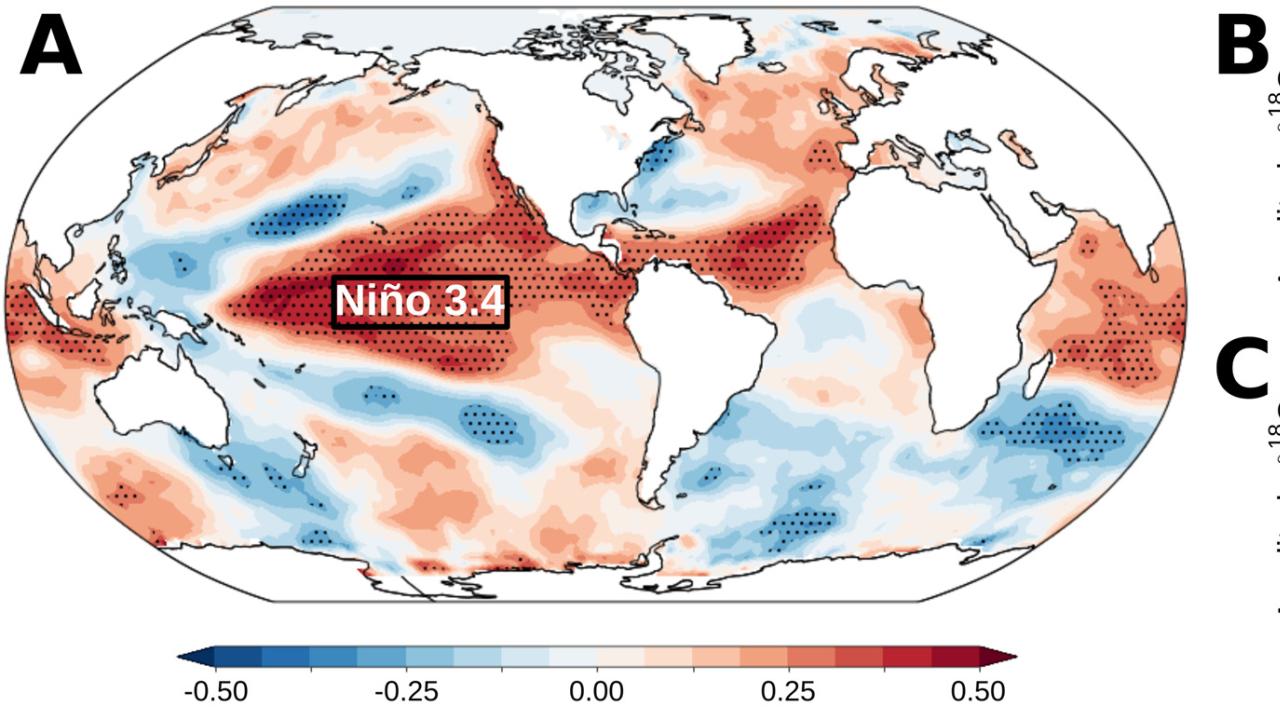
Mili and Mukund publish paper reconstructing hydroclimate variability from oxygen isotopes in tree rings
Understanding past climatic changes in the Central Andes in tropical South America is of great importance to contextualize current hydroclimatic conditions. Here, we present the first P. tarapacana tree-ring stable oxygen isotope (δ18OTR) chronologies and analyze their value as environmental records for this region. Locally known as queñoa, P. tarapacanagrows in the South American Altiplano from 16°S to 23°S at very high elevations (up to 5,100 m a.s.l), making it the highest elevation tree species worldwide. We analyze P. tarapacana δ18OTR from 1950 to present and find that it registers precipitation changes in the Altiplano and the El Niño - Southern Oscillation (ENSO). We suggest that δ18OTR is likely affected by soil evaporation and leaf transpiration due to the high solar radiation and aridity in the Altiplano, leading to an enrichment in δ18OTR values with a more pronounced effect at the more arid sites. P. tarapacana δ18OTR reflects the atmospheric processes transporting moisture to the Altiplano and the influence of local evaporation. Our findings are relevant for generating robust hydroclimate reconstructions in the Central Andes to improve circulation models and provide better management of water resources in tropical South America.
Rodriguez‐Caton, M., Andreu‐Hayles, L., Daux, V., Vuille, M., Varuolo‐Clarke, A., Oelkers, R., ... & Villalba, R. Hydroclimate and ENSO Variability Recorded by Oxygen Isotopes from Tree Rings in the South American Altiplano. Geophysical Research Letters, e2021GL095883.
https://agupubs.onlinelibrary.wiley.com/doi/full/10.1029/2021GL095883